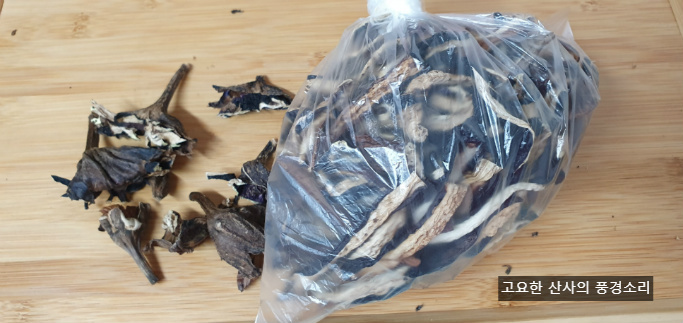Perfectly Dried Eggplant: Preparing for Chuseok Namul
Starting Your Autumn Prep: A Perfect Guide to Drying Eggplant at Home

As the mornings and evenings grow cooler, signaling the approach of Chuseok, I’ve prepared delicious namul (seasoned dried vegetables) using fresh, seasonal eggplants. When dried with care under the warm sun, these eggplants can be enjoyed year-round in healthy and flavorful dishes, not just for holiday feasts. Let’s prepare for a bountiful autumn with this recipe!
Main Ingredients- 10 fresh eggplants
- Kitchen knife
Cooking Instructions
Step 1
First, wash the eggplants thoroughly under running water. It’s important to scrub them well to remove any dirt or debris.

Step 2
Leave the stems attached to the eggplants; this helps maintain their shape and nutrients. Then, make shallow cuts along the length of each eggplant, about 2-3 cuts per eggplant. Making these cuts helps the moisture release more efficiently during drying and allows seasonings to penetrate better when you cook them later, making them more delicious.

Step 3
Arrange the eggplants neatly on a drying rack or in a well-ventilated area, such as a veranda. Ensure there’s some space between each eggplant so they don’t touch, allowing for better air circulation and drying.

Step 4
On sunny days, the eggplants will typically be completely dry in about 5 days. While they are drying, gently flip them over once or twice a day to ensure they dry evenly. They are fully dried when they feel firm and slightly elastic to the touch.

Step 5
Once completely dried, cut the eggplants into bite-sized pieces (e.g., 5-7 cm lengths). This makes them easier to store and convenient to use in cooking.

Step 6
Place the cut dried eggplants into an airtight bag or container. To keep them fresh for a long time and prevent moisture absorption, storing them in a kimchi refrigerator or freezer is recommended. These stored eggplants can be soaked and used in various dried vegetable dishes anytime.




